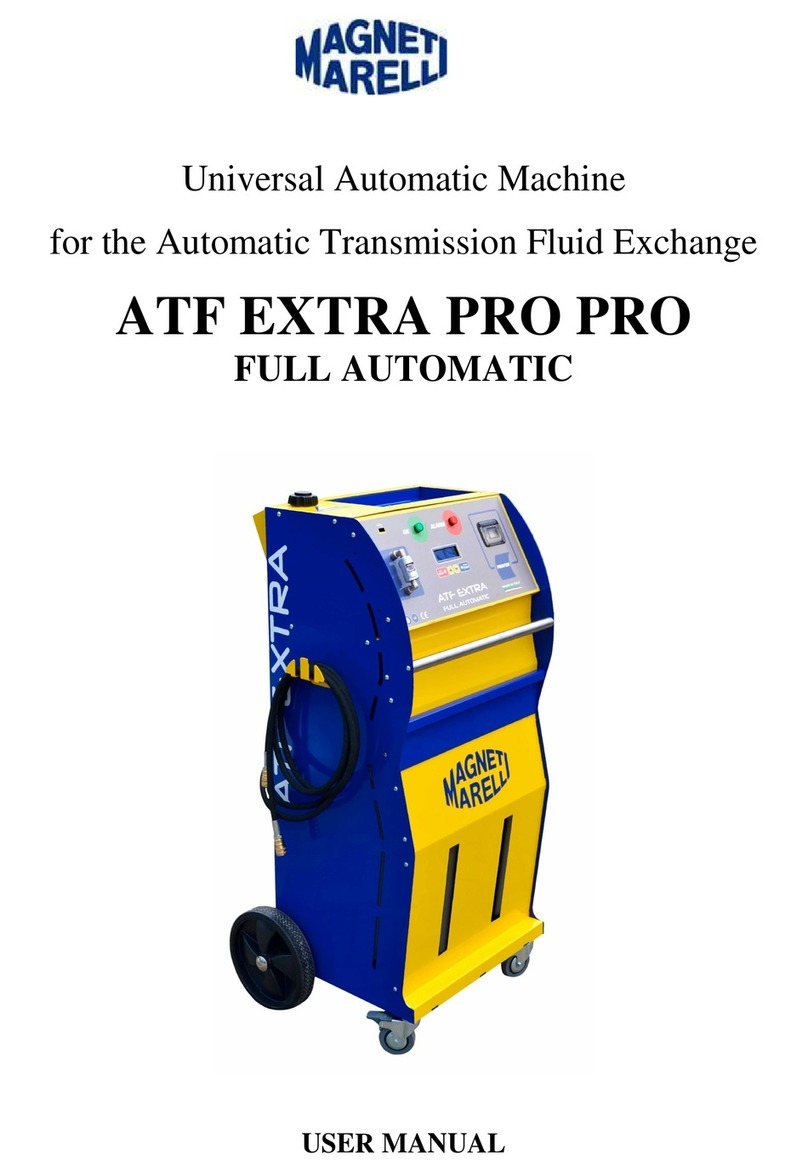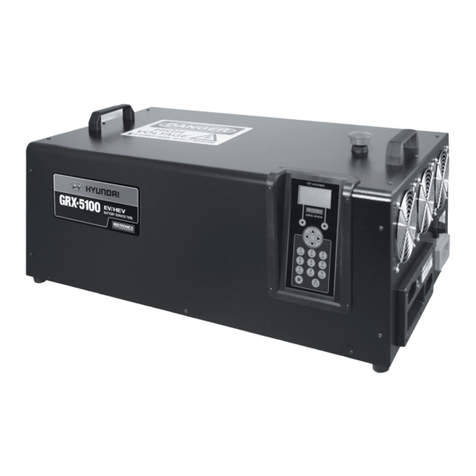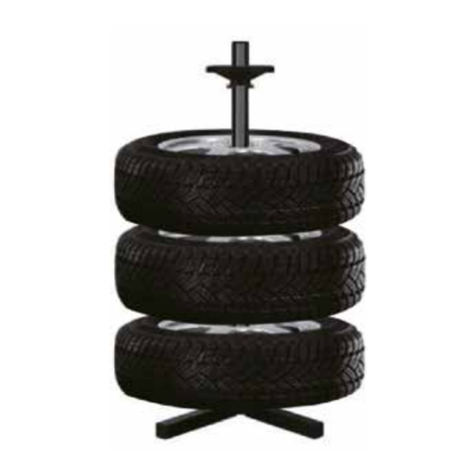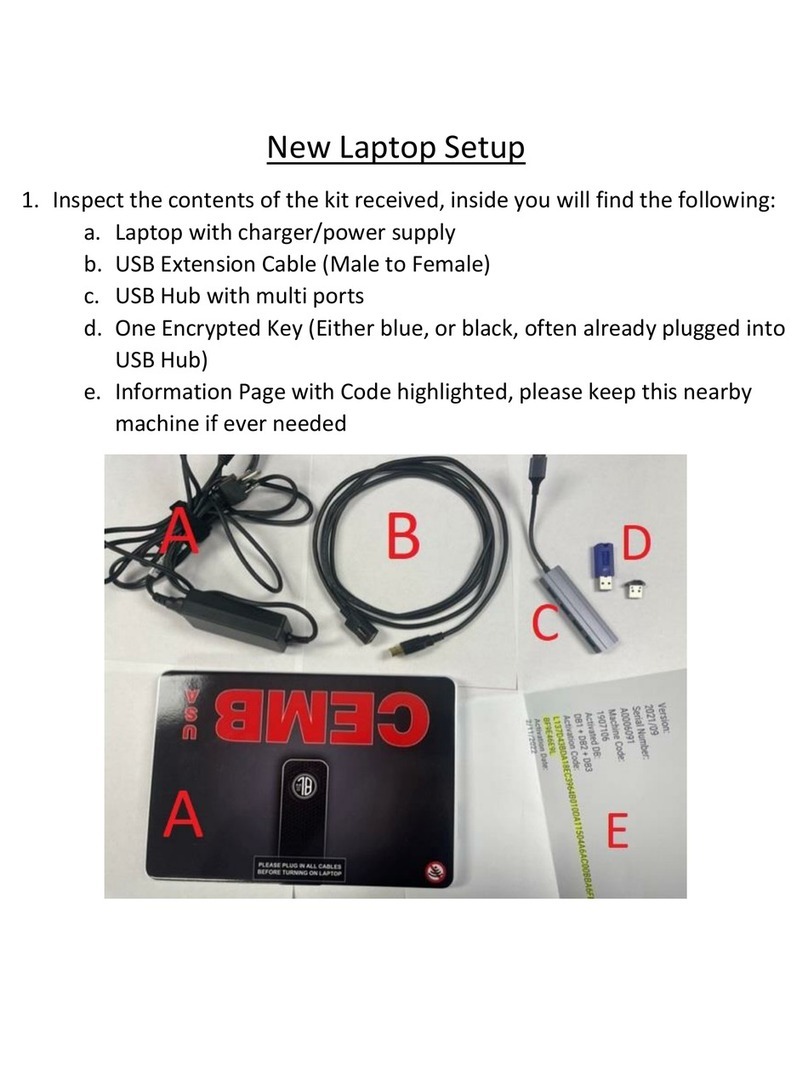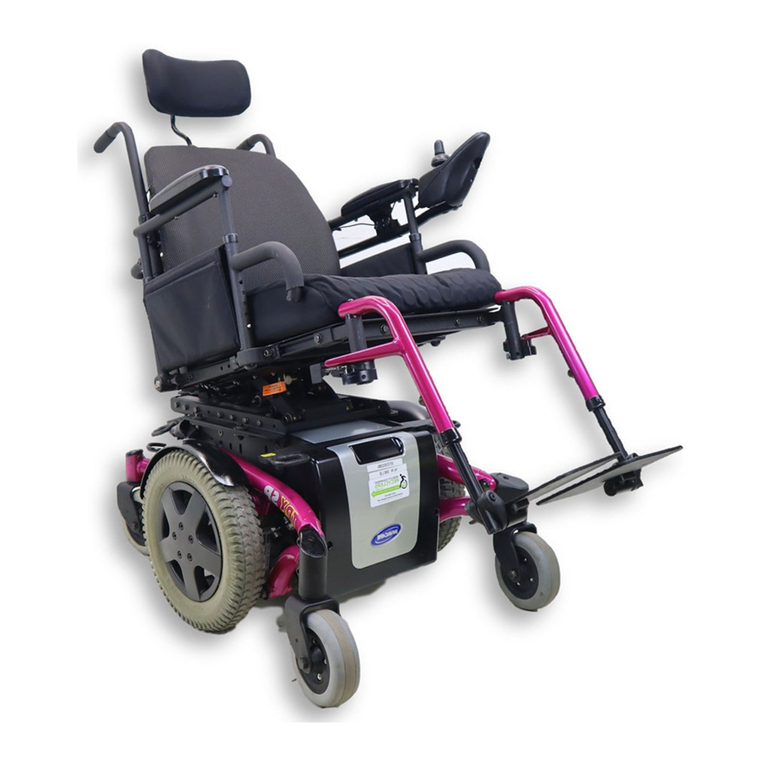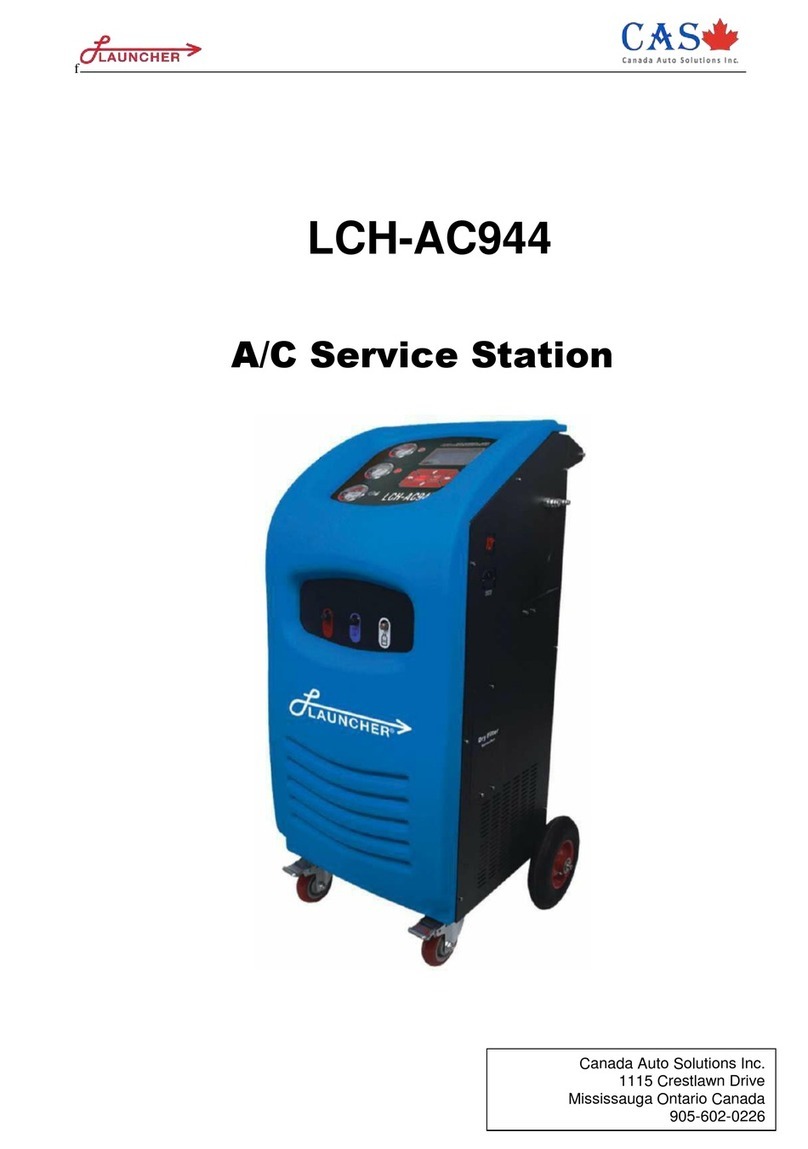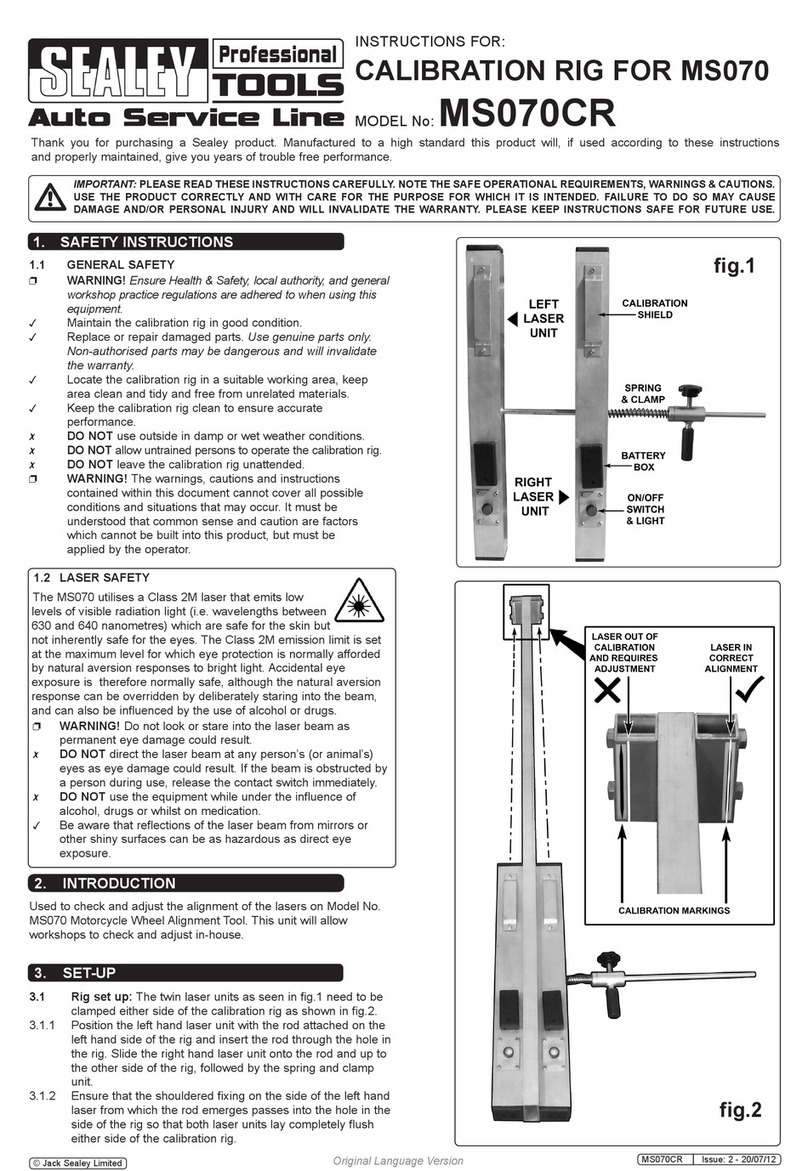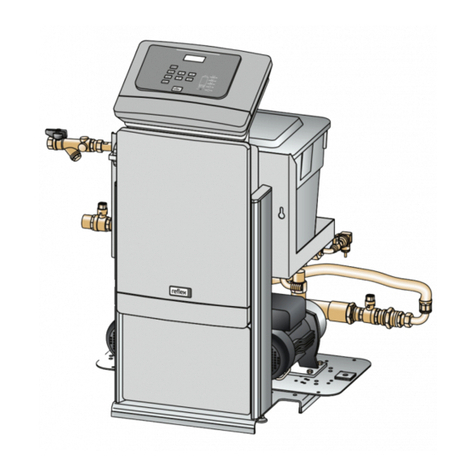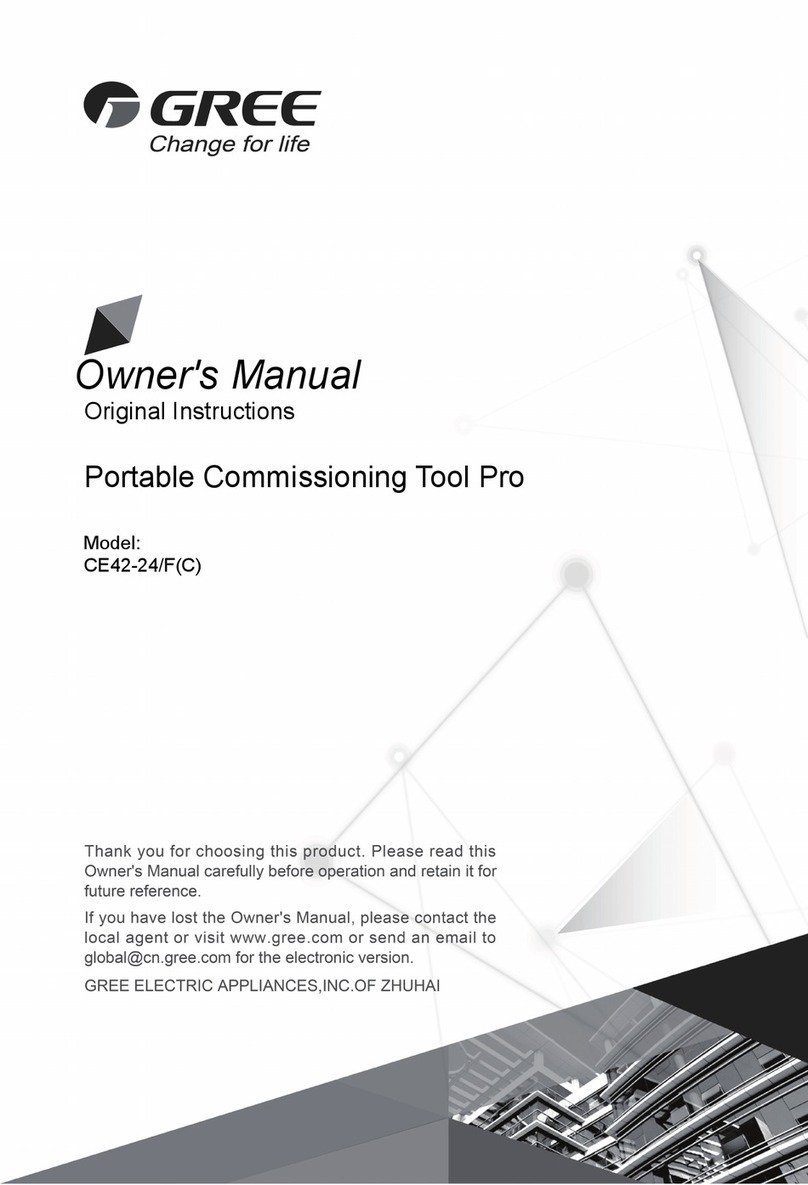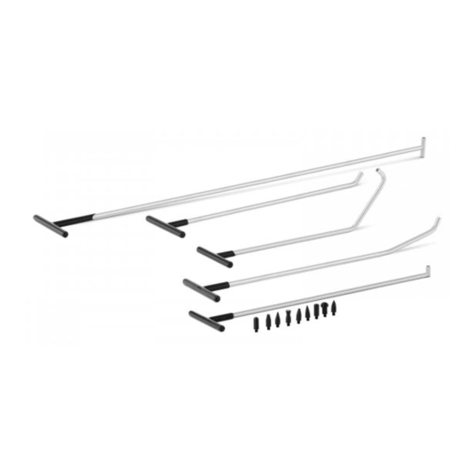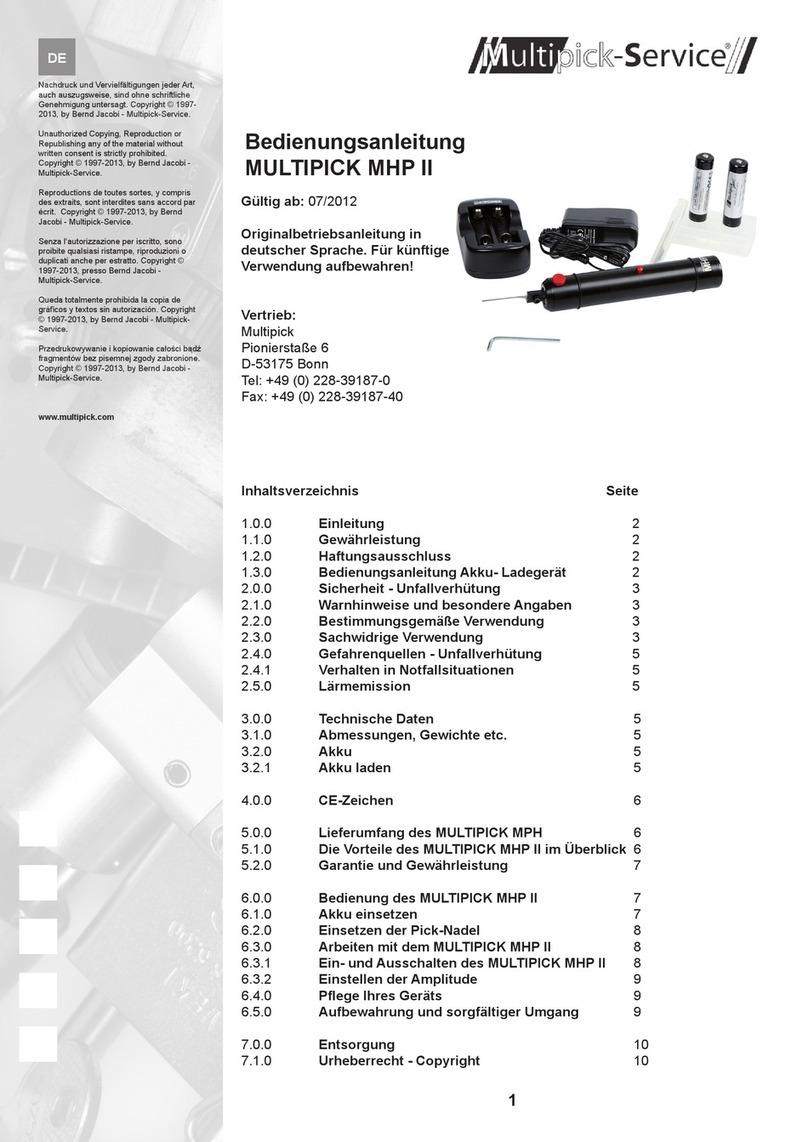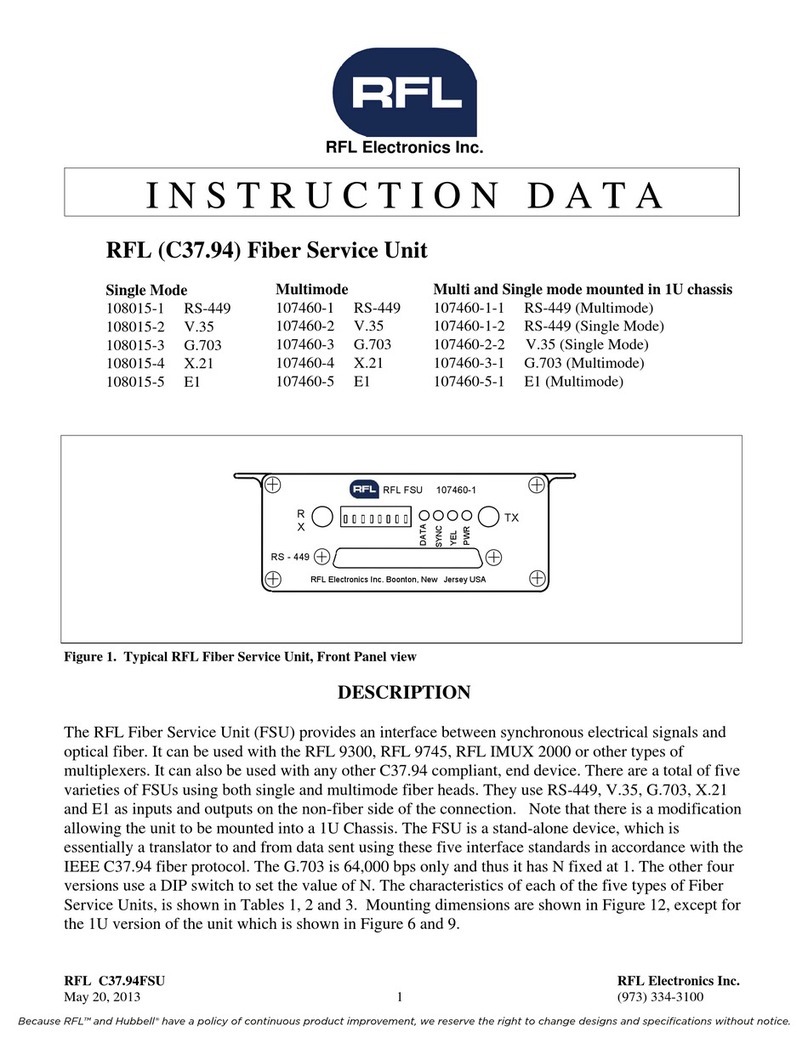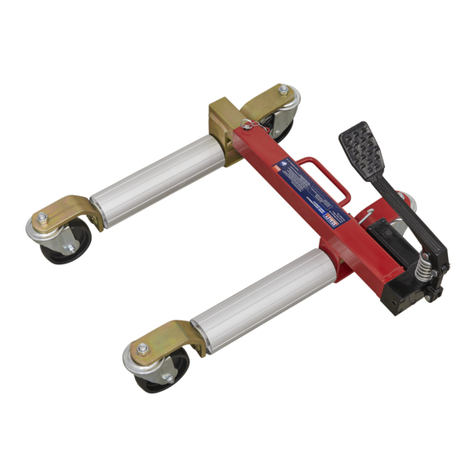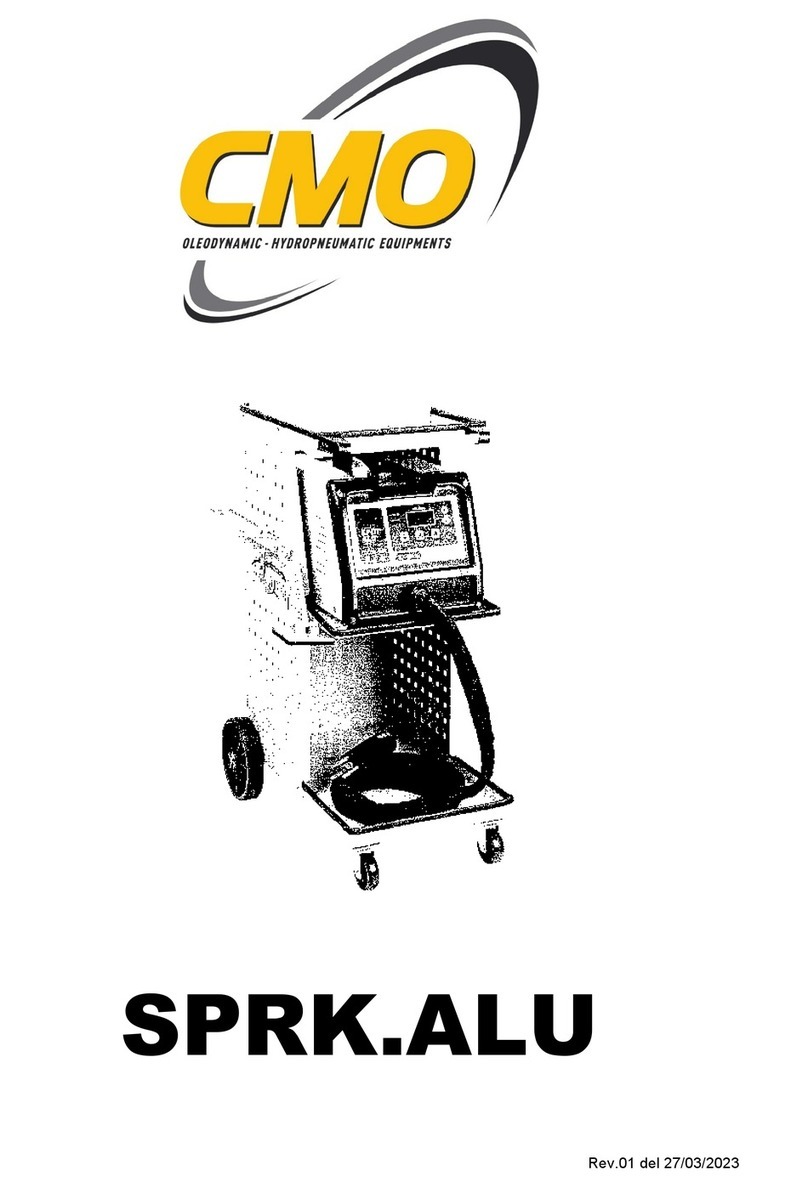
CONTENTS
Chapter 1 GENERAL INFORMATION.................................................... 3
1.1
GENERAL INFORMATION.........................................................................................................................................3
1.2
TRADEMARK........................................................................................................................................................4
1.3
SYMBOLS ..............................................................................................................................................................4
Chapter 2 FRAME MACHINE DESCRIPTION ...................................... 5
2.1
GENERAL PRESENTATION OF STANDARD COMPONENTS.........................................................................5
2.1.1
FRAME ASSEMBLY.........................................................................................................................................5
2.1.2
CLAMPS/SUPPORTASSEMBLY....................................................................................................................6
2.1.3
HYGRAULIC SYSTEM..............................................................................................................................6
2.1.4
MEASURING SYSTEM..............................................................................................................................5
2.1.5
ACCESSORYASSEMBLY ...............................................................................................................................6
2.2
APPLICABILITY.....................................................................................................................................................7
Chapter 3 INSTALLATION........................................................................ 8
3.1
UNPACKING..................................................................................................................................................................8
3.2
INSTALLATION..................................................................................................................................................................... 8
3.2.1
ADVANCE INSTRUCTIONS......................................................................................................................8
3.2.2
INSTALLATION........................................................................................................................................................9
Chapter 4 SECURITY NORMS................................................................ 11
4.1
GENERAL RULES...............................................................................................................................................11
4.2
QUALIFYING THE PERSONNEL......................................................................................................................10
4.3
SPECIFIC NORMS...............................................................................................................................................11
4.3.1
INSIDE THE REPAIRING OPERATION ENVIRONMENT....................................................................11
4.3.2
USING HYDRAULIC OPERATION..............................................................................................................12
4.3.3
USING PULLING TOOLS ........................................................................................................................12
Chapter 5 OPERATION INSTRUCTIONS............................................. 12
5.1
PRELIMINARY USE INSTRUCTIONS..............................................................................................................12
5.2
CLAMP PROCESS ...............................................................................................................................................13
5.3
FRAME PROCESS...............................................................................................................................................14
5.3.1
The operations for the frame lifting process...............................................................................................14
5.3.2
The operations for the frame landing process.............................................................................................14
5.3.3
Operating the pulling tower........................................................................................................................15
5.4
HYDRAULIC SYSTEM PROCESS......................................................................................................................17
Chapter 6 MAINTENANCE...................................................................... 18
6.1
GENERAL RULES...............................................................................................................................................18
6.2
DETAILED RULES ..............................................................................................................................................18
6.3
FREQUENTLY QUESTIONS..............................................................................................................................18
Chapter 7 MAINTENANCE REGISTER................................................ 19
